The downtown area of Newark, New Jersey, is something of a modern ghost town. Although the ground levels of the main streets are still very active, it seems like more than half of the buildings are abandoned from the second floor up, which is easy to miss if you never look up. It’s kinda like that Sesame Street song “Nearly Missed a Rainbow,” which is about not looking at your feet or a crack in the sidewalk lest you miss a rainbow or a shooting star or a massive abandoned art deco building above the Top 2000 Sneaker Joint.
This was/is the location of Proctor’s Palace Theatre which opened in 1915. A shoe store resides in its renovated lobby, but the other seven floors have been abandoned since 1968. There are actually two separate theaters housed inside the building. It was a ‘double-decker’ theater, a rarity at the time. The tallest theater today is Cineworld in Glasgow, with 18 screens to Proctor’s two screens/stages, but only 9 levels to Proctor’s 8, which makes sense once you see the size of the theaters inside Proctor’s, which include fancy multilevel balconies and box seats.
Like most theaters of its time, Proctor’s originally staged Vaudeville shows before moving on to motion pictures. (Flyer’s from Performing Arts Archive)
The theatre was designed by John William Merrow, nephew of Frederick Proctor. Proctor had recently opened the infamous Proctor’s Theatre of Schenectady, New York, and was himself a vaudevillian pioneer and impresario. He created the concept of “continuous vaudeville,’ which was pretty much what it sounds like: Vaudeville acts that started when the establishment opened in the morning and continued until its closing late at night.
And as it is today (2013):
In 1929 the theater was sold to the RKO theater chain and renamed RKO Proctor’s Theater. Later, RKO merged with Stanley Warner Theaters, owner of the many commercial theaters, so you can guess where this is headed.
The theater has no windows so it’s pitch black inside, but we were able to open two side doors, which is why the lighting in these photos is a little weird. The box seats are one of my favorite parts of abandoned theaters, especially when some of the original details and colors are still visible.
The ground level and box seats are too precarious to muck about on, but that’s okay since there is plenty to see in the projector room. Unfortunately, the old projectors have been removed, but everything else seems to have been left in place.
I love this old phone and how it only calls other rooms in the theatre, which is a pretty solid horror movie idea about a buncha dumb kids who broke into an abandoned theatre and got trapped/hunted and finally found a phone but it only called other rooms in the building and eventually someone picked up on the other end but it was themselves and they’d been trapped in there for years, destined to relive the first day of their imprisonment for forever. Hey Hollywood, I’ll take my royalties in farthings, thx.
Moldy ceiling and light fixtures in the projection room.
The theater chairs are stunning. If this building gets torn down someday, I really hope they get saved and restored. Nowhere to put your soda though.
Some old tickets were scattered about, still in good condition. They were from varying dates in December of 1966, two years before the theater was shut down.
Proctor’s Palace Roof Theatre:
Proctor’s Palace Roof Theatre is a separate theater on the top level of the building. There isn’t much information available about it, as Proctor’s was the main attraction. When Proctor’s switched from live acts to cinema, the Roof Theatre theatre was renamed Penthouse Cinema and showed mostly foreign films.
Unlike Proctor’s Palace, the Penthouse Cinema is well lit with large windows still surprisingly intact.
Unfortunately, natural light means the youngs got in and vandalized and tagged it all up, unlike Proctor’s Palace, which is too dark and cavernous to bother with when you’ve really gotta get the message out that you ex-girlfriend sucks hella dicks.
It’s somewhat difficult to see due to the hanging cloth, but this is (almost) the same shot as the photo above as it appears now. Some of the original lightbulbs along the beam are still there, and the drapes that were once on the ceiling now hang in a haphazard manner in the middle of the room:
And basically the same shot, but from the other side:
It’s amusing that the theater, when active, tried to conceal this amazing ceiling behind billowy cloth because this is exactly the kind of ‘hardware restoration’ aesthetic that is popular today with people who can afford to overpay for their apartments to look unfinished.
As with many abandoned places I’ve explored, the history of Proctor’s is tied up in the sordid history of the town in which it’s located. Besides the overall decline of US economy in the 60s, the Newark race riots of 1967 played a role in Proctor’s closing.
In the 1960s, Newark’s poverty and unemployment rates were high. The black community was disenfranchised, politically underrepresented, and often subjected to police brutality. Racial tensions steadily increased, exacerbated by the government’s decision to tear down the tenements on a large chunk of land to construct a university, a move that displaced and rightfully pissed off thousands of residents.
Tension came to a head when two white policemen arrested a black cab driver for a minor traffic offense and were witnessed publicly abusing the driver. A (false) rumor that the driver died while in custody spread and incited the infamous race riot of 1967. The rioting lasted from July 12th-17th, leaving 26 dead, 725 injured, 1,500 arrests and the city in shambles.
The destruction caused by the riots (which, really, was caused by the police brutality that led to the riots) and the decline of industry in the ’60s and ’70s shuttered most of Newark, including Proctor’s Theatre. As stores closed, businesses (along with most of the middle class) left, leaving a mostly poor population to inhabit the city. In the year after the riots, following the RKO/Stanley Warner merger, Proctor’s was closed and never reopened.
See the full set of Proctor’s Palace Theatre and Penthouse Cinema photos on flickr.
Disclaimer: If any information is incorrect, if you have more info, or if you’d just like to tell me something, feel free to contact me.
To support my work and see new comics, go here. To buy books, original artwork, merch, and more, visit my website store. Follow me on instagram.

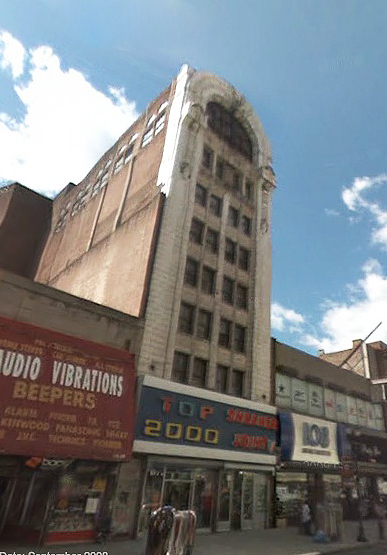
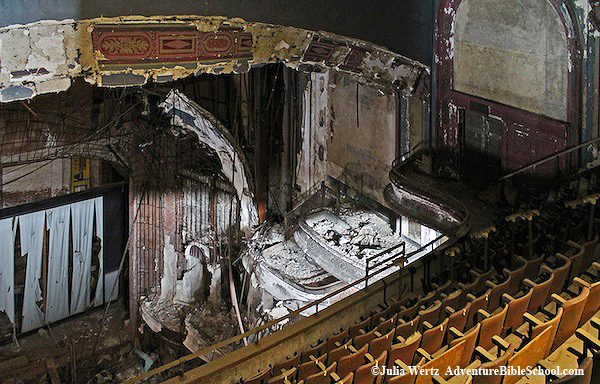







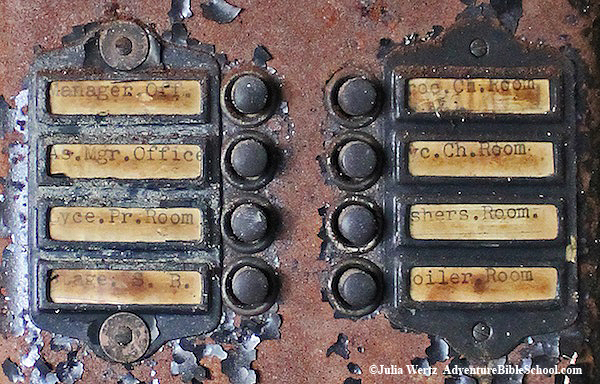
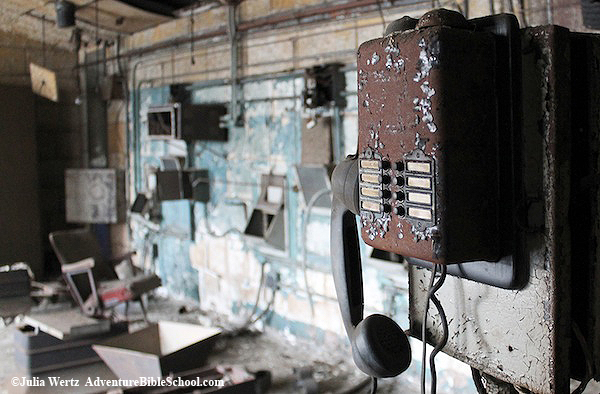










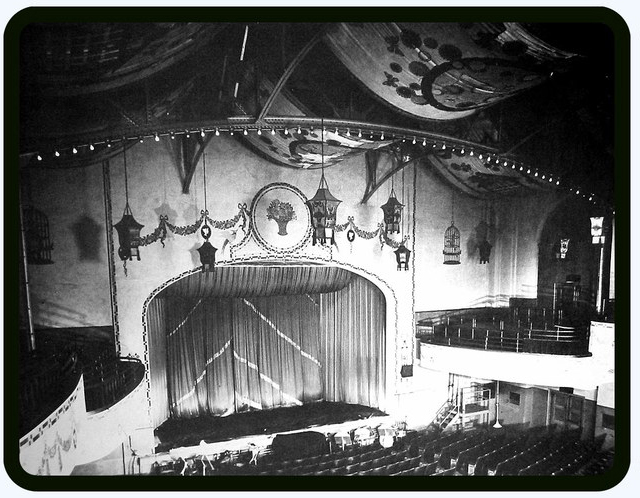



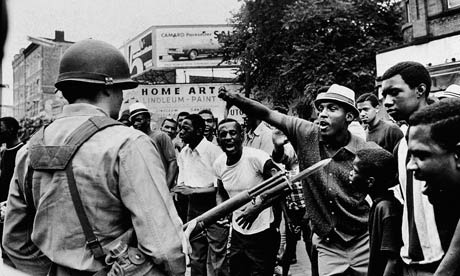
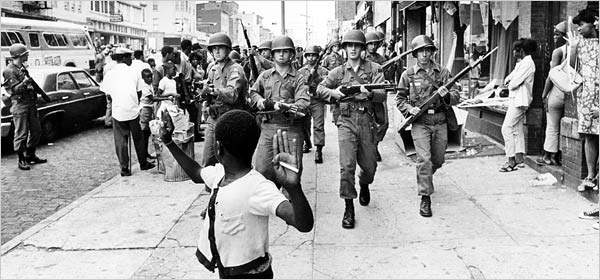
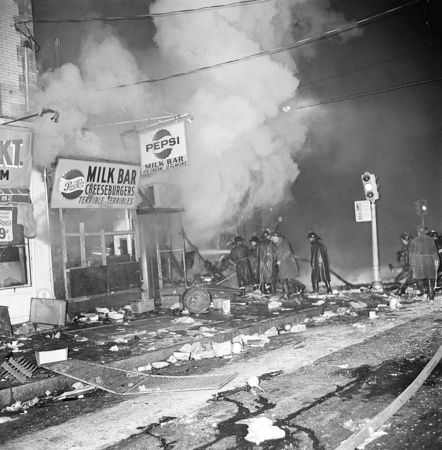

Sorry, the comment form is closed at this time.